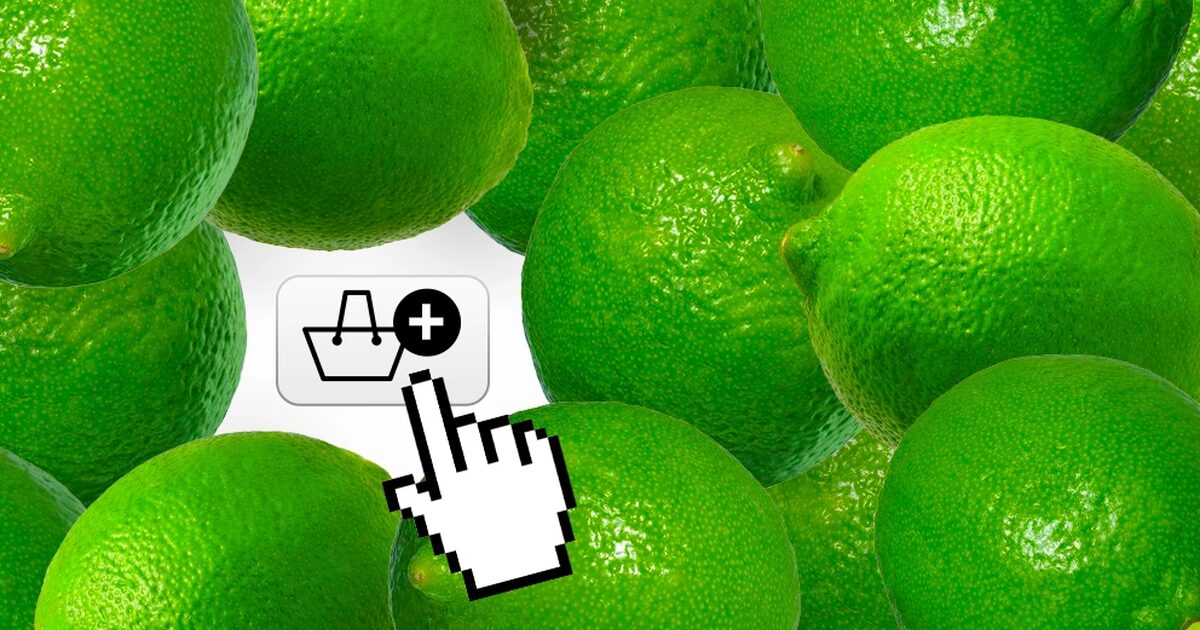The Impulse-Driven Checkout of HelloFresh
Core Concepts
HelloFresh's checkout design leverages psychological tactics to drive impulsive purchases, but there are missed opportunities in customer retention and conversion optimization.
Abstract
HelloFresh, a leading meal-kit provider, strategically designs its checkout process to capitalize on impulsive decision-making by customers. However, despite serving millions monthly, the company faces challenges with high subscription cancellations and potential leakage in their pre-sale funnel. By analyzing key aspects such as commitment levels, pricing strategies, and deal applications, HelloFresh could enhance customer retention and overall conversion rates significantly. The subtle use of psychological biases like the FITD Effect and Recency Bias plays a crucial role in shaping consumer behavior towards making quick purchase decisions. Additionally, framing techniques and strategic deal placements contribute to creating a sense of value for customers. Overall, optimizing these elements could lead to improved customer satisfaction and long-term loyalty for HelloFresh.
A checkout designed for impulse purchases
Stats
HelloFresh serves more than 7 million customers monthly.
Weekly price per meal is £35.
Cost per serving is displayed to compare with home-cooked meals.
Quotes
"The concept of The FITD Effect is that small acts of compliance can snowball."
"The ambiguity of how much you currently spend on groceries is what makes this so effective."
"Being aware of an offer that you could have had but don't is excruciating."
Key Insights Distilled From
by at builtformars.com 02-26-2024
https://builtformars.com/case-studies/hellofresh
Deeper Inquiries
How can HelloFresh balance between leveraging impulse purchases and ensuring long-term customer satisfaction
HelloFresh can balance between leveraging impulse purchases and ensuring long-term customer satisfaction by implementing strategies that focus on both short-term conversions and long-term retention. They can continue to use tactics like the Foot-in-the-Door Effect to nudge customers towards commitment during checkout, while also prioritizing transparency and clear communication about subscription terms and cancellation policies. By providing a seamless user experience, offering personalized recommendations based on customer preferences, and maintaining high-quality products and services, HelloFresh can enhance customer satisfaction in the long run.
What potential drawbacks might arise from the company's focus on impulsive decision-making during checkout
Potential drawbacks that might arise from HelloFresh's focus on impulsive decision-making during checkout include an increased risk of customer churn in the short term. Customers who make impulsive purchases may later regret their decision or feel overwhelmed by the commitment they have made, leading them to cancel their subscription prematurely. Additionally, relying too heavily on dark patterns or manipulative tactics could damage HelloFresh's reputation and erode trust among consumers. It is essential for HelloFresh to strike a balance between driving impulse purchases and fostering genuine interest in their meal kits to avoid negative consequences.
How do psychological biases influence consumer behavior beyond the realm of meal-kit subscriptions
Psychological biases influence consumer behavior beyond the realm of meal-kit subscriptions by shaping how individuals perceive value, make decisions, and respond to marketing stimuli. Biases such as Recency Bias impact how consumers evaluate pricing information, while Framing Bias influences their perception of cost-effectiveness when comparing different options. The Foot-in-the-Door Effect leverages people's tendency towards consistency in decision-making processes across various industries by encouraging incremental commitments that lead to larger actions over time. Understanding these psychological biases allows companies to tailor their marketing strategies effectively and create compelling offers that resonate with consumers' cognitive tendencies.
0
